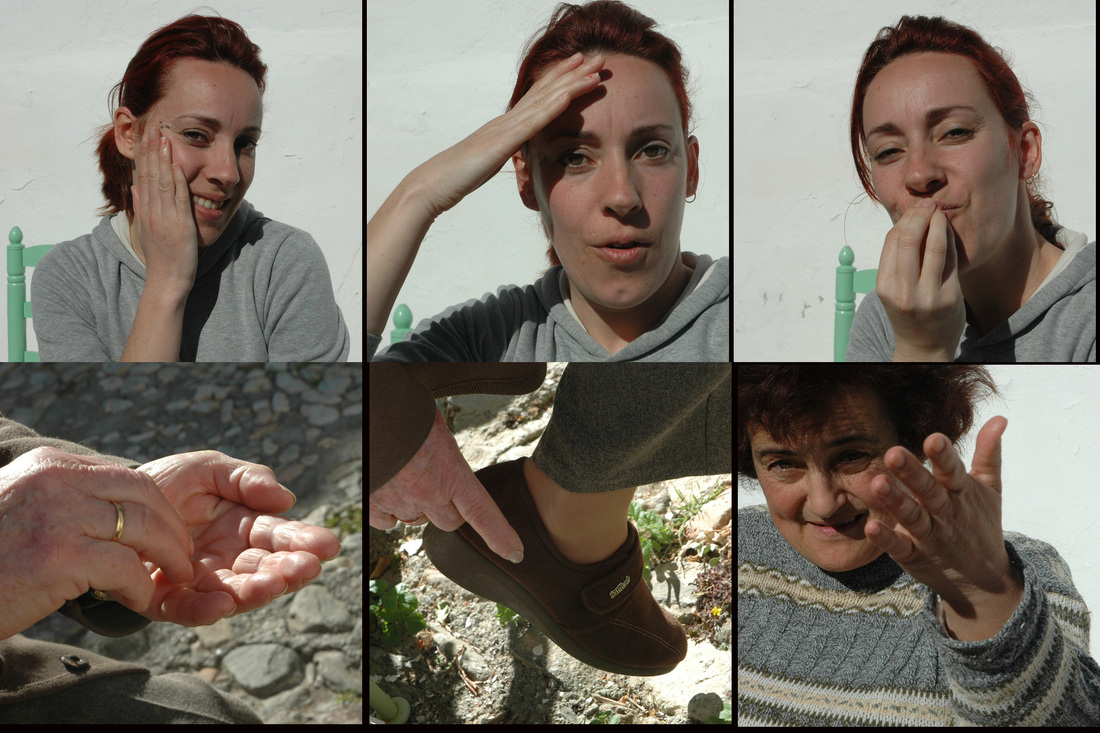Really it’s a little misleading when we talk about “Spanish.”
For centuries Spain has been a country of many languages. In the 1970s during the transitional period to democracy language plurality became official. Castilian is the language we refer to as “Spanish.” This is the official language of Spain. However, Galician, Basque and Catalan are the official languages of their respective regions. Also, Spain has a clear legislation regarding the rights of minority languages considered exemplary internationally.
| THE ANDALUSIAN JOY OF TALKING | There are many dialects of Castilian, at least 10 different major groups, and among those there is variation. Normally the official Castilian is spoken in northern and central Spain. However Andalusian, which is spoken in the south, comes in second, and is considered by some to be a separate language. It is softer, has a more gliding sound and no final or intervocalic ‘s’, joining consonants together. In small villages you can hear dialects which are at first completely unintelligible. Here is a clip from a TV-program. The woman is telling a story about her son on the beach in broad ‘Andaluz.’ The content isn’t really significant. It is the WAY she speaks! True Andalusian animated. Listen and see! |
| SPANISH GLOBALLY | Spanish, or rather Castilian, is the world’s 2ndlargest language after Mandarin. It’s an official language in 20 countries. At least 350 million people in the world speak Spanish at home. Those who have a command of Spanish can communicate with more people than those who speak English. Significant Spanish-speaking countries are: Andorra, Argentina, Belize, Bolivia, Chile, Colombia, Costa Rica, Cuba, Dominican Republic, Equatorial Guinea, El Salvador, Philippines, France, Gibraltar, Guatemala, Honduras, Mexico, Nicaragua, Panama, Paraguay, Peru, Puerto Rico, Spain, Uruguay, USA and Venezuela. |
| WHAT DOES THIS MEAN? | Spoken language is usually accompanied with body language. Often different gestures have specific meaning for groups of people or cultures. Most of these “emblems” are not natural or innate but something we learn at home, in school or in other social situations. Sometimes they are the same in different cultures, sometimes different, or even the opposite. This is what it looks like in the narrow streets of our barrio: 1. ¡Que cara tiene! The nerve he/she has! 2. ¡Madre Mia, que ha pasado! Wow! What's happened? 3. ¡Estupendo! Great! 4. Dinero, dinero. Money, money. 5. Lavar la ropa. Wash clothes. 6. ¡Te voy a pegar! You’re gonna get it, a punch in the nose! |
| LEARNING A LANGUAGE | A common notion is that success at learning another language, being able to change languages effortlessly is attributed to a special talent at learning languages. However, linguists now agree, along with researches from other disciplines, that being able to switch languages easily or speak another language relatively well is due to a lot of practices and not talent. So, it seems that practice makes perfect. There are apps which make practice less tedious. We think this one is pretty good > |



 RSS Feed
RSS Feed
